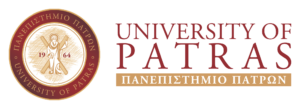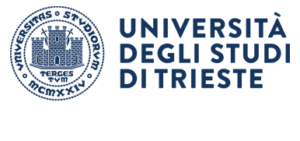Understanding how earthquakes start, evolve, and impact society is a fundamental scientific and societal challenge. Near-Fault Observatories (NFOs) play a crucial role in this effort by providing real-time, high-resolution, multiparametric data from regions close to active fault systems. This data is vital for both scientific research and public safety, enabling early warning systems, hazard assessments, and the development of robust decision-making tools.
The TRANSFORM2 project seeks to transform existing NFOs into next-generation infrastructures that can address the most pressing challenges in modern seismology. By integrating cutting-edge technologies in instrumentation and software,
TRANSFORM2 aims to enhance our ability to monitor, analyze, and predict seismic events with unprecedented accuracy and speed.
Key innovations include the deployment of novel sensors—such as rotaphones, which capture rotational ground motion, and Distributed Acoustic Sensing (DAS) systems using optical fibers to detect minute ground strains. These instruments, alongside advanced geochemical sensors for fluid analysis, will provide a deeper understanding of earthquake preparation processes, including fault interaction, stress accumulation, and rupture dynamics.
A core focus of TRANSFORM2 is the application of Machine Learning (ML) and Artificial Intelligence (AI) to seismological data. These technologies will enable the development of fully automated workflows that can process vast volumes of data in real time, dramatically increasing the number of detected events and improving source characterization, even for small earthquakes.
The project also addresses the need for robust and reliable Earthquake Early Warning Systems (EEWS). By leveraging the short time window between the arrival of initial seismic waves and the onset of strong shaking, TRANSFORM2 will refine alert algorithms and integrate new sensor data streams, including GNSS and strainmeters. Efforts will focus on reducing false alarms while ensuring rapid, accurate alerts via user-friendly platforms, such as mobile apps and web-based dashboards.
TRANSFORM2 will evaluate and integrate low-cost instrumentation, ensuring broader accessibility and scalability. These affordable technologies will support continuous monitoring in resource-limited settings, further democratizing earthquake science.
In addition to technological advancements, TRANSFORM2 places a strong emphasis on stakeholder engagement. The project will establish channels for collaboration with industrial partners, public agencies, and the scientific community. Demonstrator sites and testbeds at existing NFOs will serve as hubs for testing new solutions in real-world conditions and for showcasing the project’s impact to society.
Ultimately, TRANSFORM2 is not just an upgrade—it's a comprehensive transformation of how we monitor and respond to earthquakes. By combining innovation, interdisciplinary research, and stakeholder-driven development, the project aims to unravel the complexities of seismic phenomena and lay the foundation for safer, more resilient communities.
Subscribe our newsletter

















